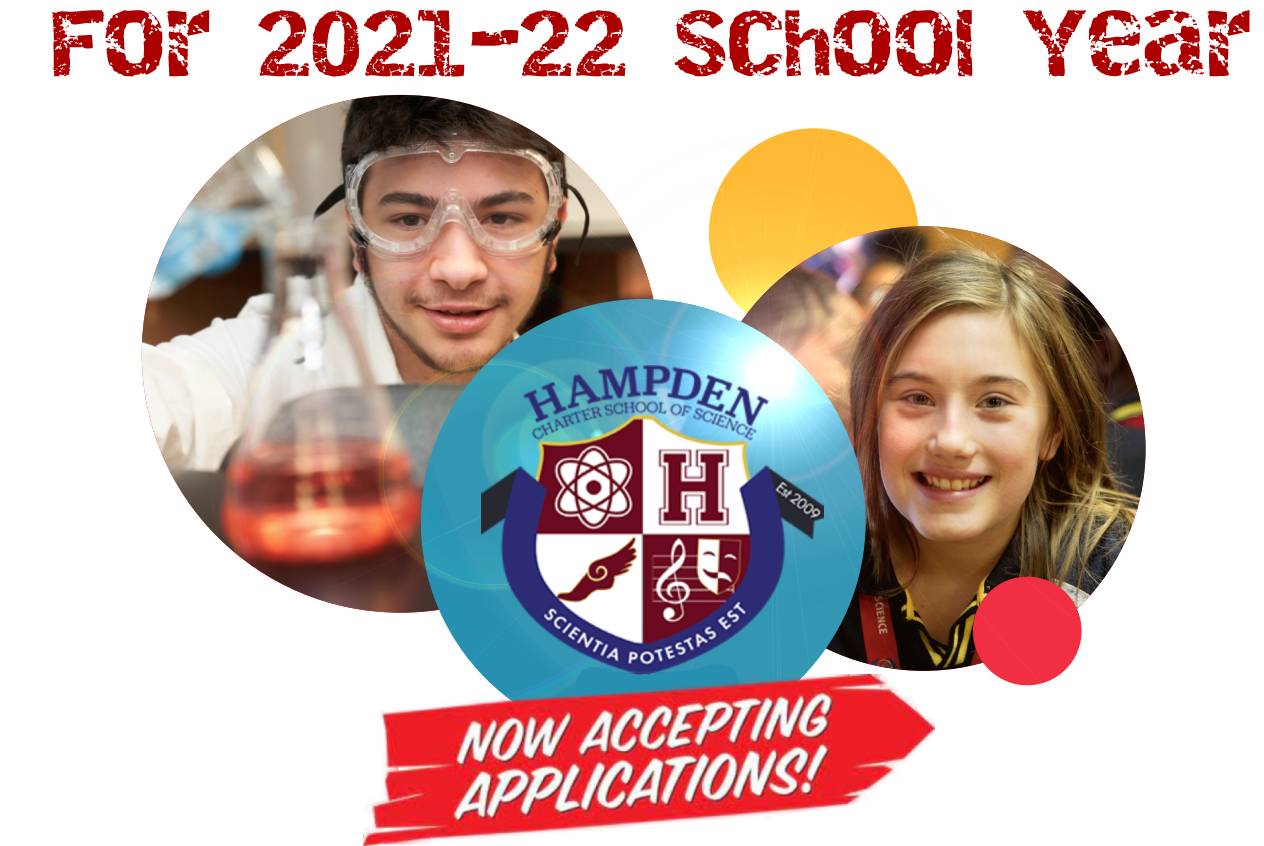Science
AP Biology
AP Biology is a rigorous and demanding course, which is the equivalent of an introductory two-semester college biology course. Students who take an AP Biology course designed using this curriculum framework will also develop advanced inquiry and reasoning skills, such as designing a plan for collecting data, analyzing data, and applying mathematical routines, and connecting concepts in and across domains. The goal of the AP Biology course is readiness for the study of advanced science topics in subsequent college courses. Content will be covered in more depth and greater expectations will be placed on interpretation and analysis of information than previous biology courses.
The AP Biology course is designed around four “big ideas” which are a set of underlying principles that represent the foundation of scientific principles, theories, and processes that regulate biological systems. These include: the process of evolution drives the diversity and unity of life, biological systems utilize free energy and molecular building blocks to grow, to reproduce and to maintain dynamic homeostasis, living systems store, retrieve, transmit and respond to information essential to life processes, and biological systems interact, and these systems and their interactions possess complex properties.
AP Chemistry
A special emphasis will be placed on engaging, hands-on laboratory practices that account for a large portion of the time spent in the laboratory classroom. Labs will be structured in a guided-inquiry format, with students often developing their own lab procedures to solve a problem or come to a conclusion.
AP Environmental Science
Biology
Chemistry
Physics
Environmental Science
Forensics Science
Zoology
Biotechnology
Anatomy/Physiology
Alectronics/Programming
Electronics and Programming is a beginner’s overview of the use of electronics. Through this course, students will learn about the theories and concepts of electronics, as well as the fundamentals of programming, and their place in history and society. At the end of the course, participants will have produced prototypes of controllers and receptors based on the Arduino microprocessor in order to accomplish various tasks related to sensing and actuating, including:
sequentially illuminating light emitting diodes (LED),
acquiring data from different sensors such as – temperature, humidity, tilt, vibration, infrared, ultrasonic, motion.
controlling servo and stepper, motors,
simulating real-world applications of electronics.
In this hands-on course, students will be using the open source hardware and software from Arduino. The Arduino software is written in Java, but the language is a set of C/C++ commands. The course is designed to expose students to engineering design and troubleshooting techniques that are used in the electronics and programming fields.
